At Taiyo-no-ko Hoikuen (daycare center) in Hamura-city, Tokyo, pioneering efforts for inclusive childcare were initiated by Principal Masahiro Oba and other ECEC teachers nearly ten years ago when inclusive childcare was not common in Japan. CRN Director Yoichi Sakakihara had an interview with Principal Oba, asking him how they started and promoted this initiative.
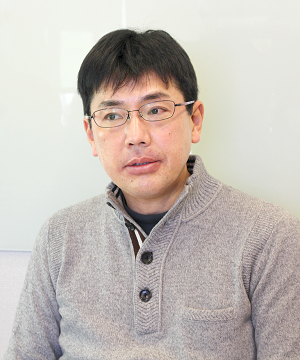 |
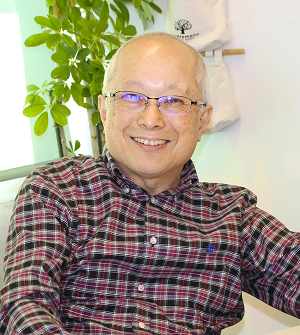 |
|
|---|---|---|
(Director of Yoko Fukushikai [Welfare Organization]; Principal of Taiyo-no-ko Hoikuen [daycare center]) |
(Director of Child Research Net) |
Seeking to create an environment where every child feels comfortable and supported in growing and learning
Sakakihara: I have known Mr. Oba since he attended my seminar for adults at Ochanomizu University about ten years ago. ECEC in Japan has a traditional concept to nurture children by understanding and giving support to the potential of each child. This concept is close to the philosophy of inclusive childcare. However, in reality, there are numerous issues and challenges to realizing that philosophy. Under such circumstances, the Taiyo-no-ko Daycare Center successfully implements inclusive childcare in an excellent natural way.
Oba: Thank you very much for your comment. Our facility values the importance of creating an environment where every child can feel comfortable and receive support in order to grow and learn, rather than focusing on special care for children with special needs, such as developmental disorders. At first, however, we introduced an approach typically used in medical childcare settings for specific children. Over time, we realized that this approach is beneficial to all children in numerous cases. Therefore, we determined to apply it to our overall childcare. Although some of our practices might not be observed in regular childcare facilities, overall children generally spend their time in the same way. So, you might think there seems to be no unique method.
Sakakihara: Mr. Oba's story indicates the essence of inclusive childcare. In Japan, people sometimes consider "inclusive education" as providing special care for children with special needs. However, I don't think this is an accurate description. As with Mr. Oba's practice, an "inclusive environment" should be one where every child can feel comfortable regardless of whether they have a disability or not. Mr. Oba, please tell us how and why you started inclusive childcare.
Oba: The predecessor of Taiyo-no-ko Hoikuen was a small daycare center founded by my mother. Previously, I worked as a cram school teacher and ran a cram school. When my mother passed away, I took over the daycare center. Accordingly, I decided to enter a junior college to study early childhood education. I became deeply engaged in childcare and education and started thinking about the professional significance of childcare. At the cram school, my role was to teach children with various academic performance levels and help them to achieve their respective results. In the same way, I think that the professionalism of childcare workers is the capability to respond to every child regardless of their characteristics and needs. Of course, in the beginning, I had no idea about "inclusive childcare." I had to learn how to provide childcare for children with special needs, such as developmental disorders, through a trial-and-error approach. That is why I attended Professor Sakakihara's seminar at that time.
Children with disabilities recognize the restrictions on their life when facing environmental obstacles
Sakakihara: It is interesting to know that you started from a cram school. At a regular school, all children are given the same education and academic goals. In contrast, a cram school, a kind of service business, needs to accept children with various academic competencies and characteristics and respond to their individual needs. In this regard, the professional significance of childcare is similar to that of a cram school.
Oba: As I gained an understanding of disabilities through Professor Sakakihara's seminar and other resources, I came to realize that children with special needs recognize their disability only when facing environmental obstacles and experiencing an inability or restriction when trying to perform ordinary tasks. Therefore, we as adults need to create an environment where children with special needs feel comfortable growing and learning without recognizing such restrictions. That is why I started learning about inclusive education.
Sakakihara: I think your inclusive childcare practice also benefited from your experience in Finland.
Oba: That's right. The more I studied inclusive education deeply, the more it felt like 'pie in the sky.' Therefore, I wanted to visit Finland to see and experience the actual practice where they carry out inclusive education on a daily basis. I visited Finland once every two years, a total of four times, until the outbreak of the COVID-19 pandemic. Each time I visited, I noticed how they had managed to make major changes in the practice of inclusive childcare. They said, "That theory proved to be ineffective in XX county, so we have shifted to this theory now." Their flexible attitudes towards inclusive education were fascinating to me at that time. While visiting several childcare facilities and schools in Finland, I became increasingly convinced that inclusive childcare significantly benefits all children and childcare workers. Consequently, I introduced the methodology of inclusive childcare to my daycare center.
"Escaping" helps children face themselves
Sakakihara: Mr. Oba, please tell us what you value most in practicing inclusive childcare.
Oba: One of the elements I value most is to teach children how to "escape" and prepare an environment where they can have space to escape. If children know their characteristics and understand that they have a place to escape whenever they face a challenging situation, it will help them to calm down and manage the situation before getting into a panic.
Sakakihara: The idea of "escaping" is a child-centric idea and one of the essential keywords when thinking about inclusive education.
Oba: Yes, I think so. For example, our daycare center has a "resource room" for children to escape from their peers and be alone (Photos 1 to 3). We will take the child to the resource room whenever he/she feels uncomfortable, saying, "if you feel uncomfortable with your classmates, you can stay here and play alone." Gradually, children come to understand that they have a safe place to be alone and feel more relaxed. They are eventually able to say, "I feel uneasy with my classmates and want to be alone there," or "Please call me in for lunch because I want to eat with my classmates." As they get used to using the resource room, they feel panicked less frequently and need the room less. This is because children learn how to monitor their emotions while knowing they can use the resource room whenever they feel distress. They will first learn how to escape physically and then gradually understand how to effectively control their emotions.
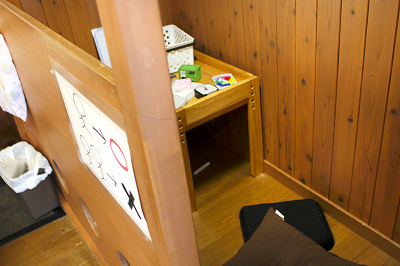 Photo 1: A resource room where children can be alone at any time. First, the room was created using cardboard, within the nursery room. Then, teachers made alterations using a closet or a vacant space with Instant walls, making the room more comfortable. This photo shows a resource room built within a nursery room, where a child can stay alone and play (but they can still feel the presence of their peers).
Photo 1: A resource room where children can be alone at any time. First, the room was created using cardboard, within the nursery room. Then, teachers made alterations using a closet or a vacant space with Instant walls, making the room more comfortable. This photo shows a resource room built within a nursery room, where a child can stay alone and play (but they can still feel the presence of their peers).
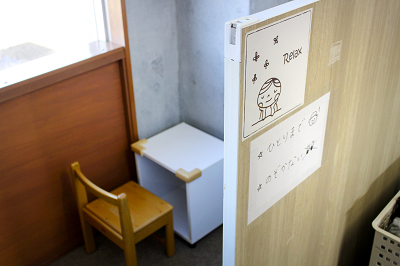 Photo 2: A resource room built on the staircase landing, separated from the nursery room. Instant walls were used to create a personal space.
Photo 2: A resource room built on the staircase landing, separated from the nursery room. Instant walls were used to create a personal space.
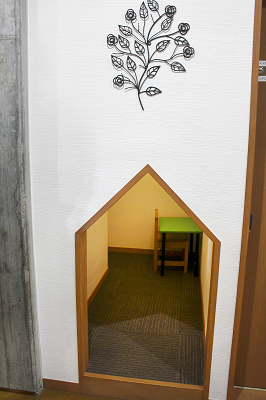 Photo 3: A resource room built in the corridor, which creates the most quiet personal space compared with other resource rooms.
Photo 3: A resource room built in the corridor, which creates the most quiet personal space compared with other resource rooms.
Sakakihara: I fully understand the process whereby children learn to control their emotional movements. The presence of resource rooms is particularly important for children with special needs. In these rooms, they can be alone, feel comfortable and relaxed, and gradually find a way to overcome difficult situations. I think rooms like these are necessary for elementary schools as well.
Oba: Actually, we have three resource rooms. The first one was set up in a nursery room. The remaining two rooms were built in the corridor and the staircase landing to create a more peaceful personal space. The first room is for children who want to be alone but also want to feel the presence of other peers. The remaining rooms are for children who want to be completely alone in a quiet environment. We utilize these rooms depending on children's feelings and situations. Sometimes the same child will use different resource rooms during the course of a single day.
Reduce the amount of information to which children are exposed as much as possible
Oba: In addition, we place several ear muffs in each nursery room as a tool to provide a place for children to escape (Photo 4). In the beginning, these ear muffs were for children with acoustic hyperesthesia, helping them block out surrounding noises. Interestingly, however, other children also use these ear muffs to concentrate on their play, such as building blocks or reading a book. Some children use them for pretend play or similar things.
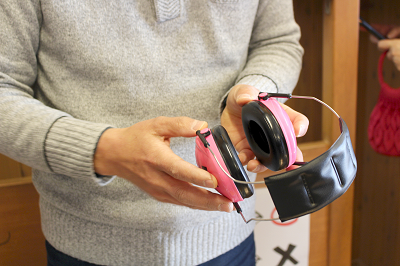 Photo 4: Ear muffs are provided for children with acoustic hyperesthesia, helping them block surrounding noises. However, other children also enjoy using them to concentrate on their play, such as building blocks or tackling a puzzle.
Photo 4: Ear muffs are provided for children with acoustic hyperesthesia, helping them block surrounding noises. However, other children also enjoy using them to concentrate on their play, such as building blocks or tackling a puzzle.
Sakakihara: If the use of ear muffs is only allowed for specific children, it might make them feel different from others. So allowing all children to use ear muffs is really a good idea.
Oba: We also consider "reducing" information when creating an environment for children. For example, some children feel uncomfortable if exposed to excess information from the surrounding environment, such as ornaments and wall decorations (Photo 5). Therefore, we try to reduce information for such children to the extent of minimum necessity. In addition, we cover storage shelves with curtains in the nursery room, so children will not see too many things on the shelves (Photo 6).
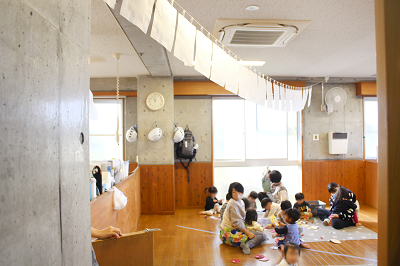 Photo 5: Simple room decoration to avoid excess visual information for children. Children's works are hung near the ceiling so that only adults (parents) can see them.
Photo 5: Simple room decoration to avoid excess visual information for children. Children's works are hung near the ceiling so that only adults (parents) can see them.
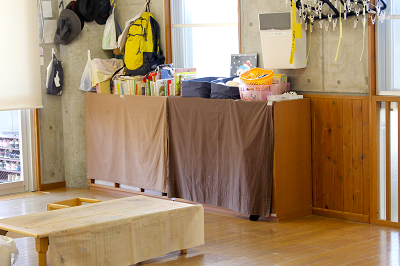 Photo 6: Storage shelves are covered by curtains so that children will not see too many things on the shelves.
Photo 6: Storage shelves are covered by curtains so that children will not see too many things on the shelves.
Sakakihara: Despite advice from specialists insisting on the importance of reducing visible displays to protect children with visual hypersensitivity, why hasn't this idea become widespread in childcare facilities?
Oba: One of the reasons is they need to show children's work to their parents. Another childcare facility run by our organization tries to reduce the number of visible displays in their nursery room as much as possible. Instead, children's works are placed on the corridor wall, so their parents can see them. In addition, children do not necessarily like pretty decorations. They quickly become bored with decorations after a few days, no matter how hard ECEC teachers worked to create such decorations. Some childcare facilities think it is crucial to display works of high artistic quality to attract children's interest. For example, one of our daycare centers started a "daycare center museum" project through collaboration with Musashino Art University. They discuss which artwork to display with the children and then exhibit them.
More choices for all children, regardless of whether they have disabilities
Oba: Another thing we focus on is time/spatial structuring. Time structuring means visualizing the flow of time to make it easy to understand for children. For example, we explain a daily routine in simple words using a whiteboard and picture cards for all age groups of children in the morning meeting. Children can check the whiteboard at any time. In this way, we provide both aural and visual information for children to ensure that as many children as possible can understand the activity schedule for the day (Photo 7). However, the use of picture cards is not so easy. If we provide too many cards to describe detailed activities or forget to remove the cards of finished activities from the whiteboard, some children easily get confused. Therefore, we need to be careful in using picture cards, considering the characteristics of children in each class.
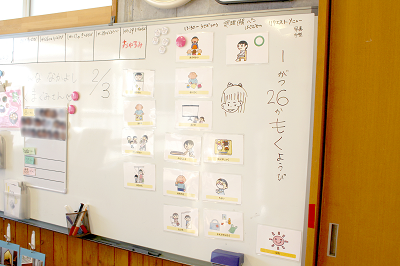 Photo 7: Picture cards on the whiteboard to visually explain the day's schedule. These cards are for children who have difficulty understanding textual information. The number and content of cards are determined based on the children's age.
Photo 7: Picture cards on the whiteboard to visually explain the day's schedule. These cards are for children who have difficulty understanding textual information. The number and content of cards are determined based on the children's age.
Oba: A clock timer is also necessary to help children understand the flow of time (Photo 8). Although we tell children the ending time of the activity in advance, some of them have difficulty in scene transitions and then panic. However, using a clock timer helps these children visually grasp the remaining time and gradually learn how to manage time by themselves.
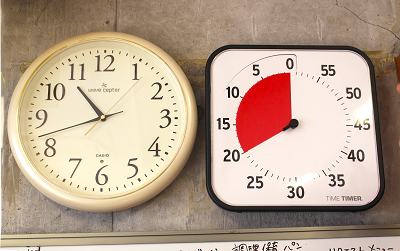 Photo 8: A clock timer is placed next to the ordinary clock. The timer visually shows the remaining time. An alarm goes off at the end time of the activity.
Photo 8: A clock timer is placed next to the ordinary clock. The timer visually shows the remaining time. An alarm goes off at the end time of the activity.
Sakakihara: For spatial structuring, what kind of approach do you use?
Oba: We visualize children's movement flow to help them understand how to move. For example, we put a picture of what belongs there in the storage place, so children understand where they should place it. We also put a mark indicating slippers on the floor at the entrance to the restroom, so children understand how to change to these slippers and replace them after use (Photo 9).
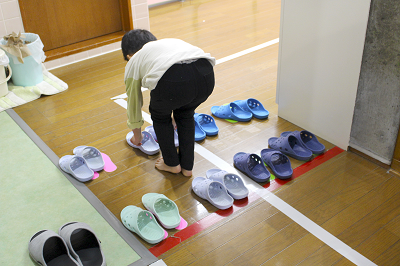 Photo 9: An example of spatial structuring. A mark indicating slippers is put on the floor near the restroom entrance, so children understand how to use these slippers and replace them after use.
Photo 9: An example of spatial structuring. A mark indicating slippers is put on the floor near the restroom entrance, so children understand how to use these slippers and replace them after use.
Sakakihara: All of your approaches are so unique and effective! It is really impressive, but they must be the result of your hard work through a trial-and-error process.
Oba: We have been working on various initiatives for inclusive childcare to provide more choices for every child to grow and learn. In this way, we try to create an environment where every child, regardless of their needs, feels comfortable growing and learning. For example, we reduce visual displays for children with visual hypersensitivity. This method is also suitable for other children because they can concentrate on their activities more effectively, like a creator who can generate superb creative ideas by blocking out all noises surrounding him. In addition, it is often said that encouragement with positive words is effective for children with special needs; however, this approach should be beneficial for any child.
Sakakihara: Mr. Oba's story suggests that inclusive childcare does not mean putting children with disabilities into a group of typically developing children. Instead, inclusive childcare can be achieved by creating an environment where every child feels comfortable and has support to grow and learn. We should also recognize that such an environment can be beneficial not only for children with disabilities but also for any type of child.
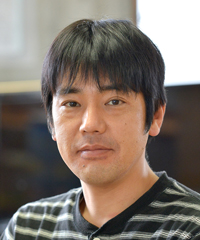 Masahiro Oba
Masahiro ObaMr. Oba is the Director of Yoko Fukushikai (Welfare Organization) and Principal of Taiyo-no-ko Hoikuen (Daycare center). He took up this position after serving as vice-director of a cram school for elementary to high school students. At his two daycare centers in Hamura-city, Tokyo, he practices inclusive childcare based on what he learned from regular visits since 2012 to daycare centers in Finland. In addition, Mr. Oba actively promotes "inclusion" into the community through activities at Hattatsu Shien Kiitos Hamura, a child development support center. He also serves as a part-time lecturer in charge of lectures regarding inclusive childcare at Shiraume Gakuen University.
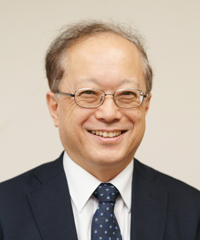 Yoichi Sakakihara
Yoichi SakakiharaM.D., Ph.D., Professor Emeritus, Ochanomizu University; Director of Child Research Net, Executive Advisor of Benesse Educational Research and Development Institute (BERD), President of Japanese Society of Child Science. Specializes in pediatric neurology, developmental neurology, in particular, treatment of Attention Deficit Hyperactivity Disorder (ADHD), Asperger's syndrome and other developmental disorders, and neuroscience. Born in 1951. Graduated from the Faculty of Medicine, the University of Tokyo in 1976 and taught as an instructor in the Department of the Pediatrics before working with Ochanomizu University.














